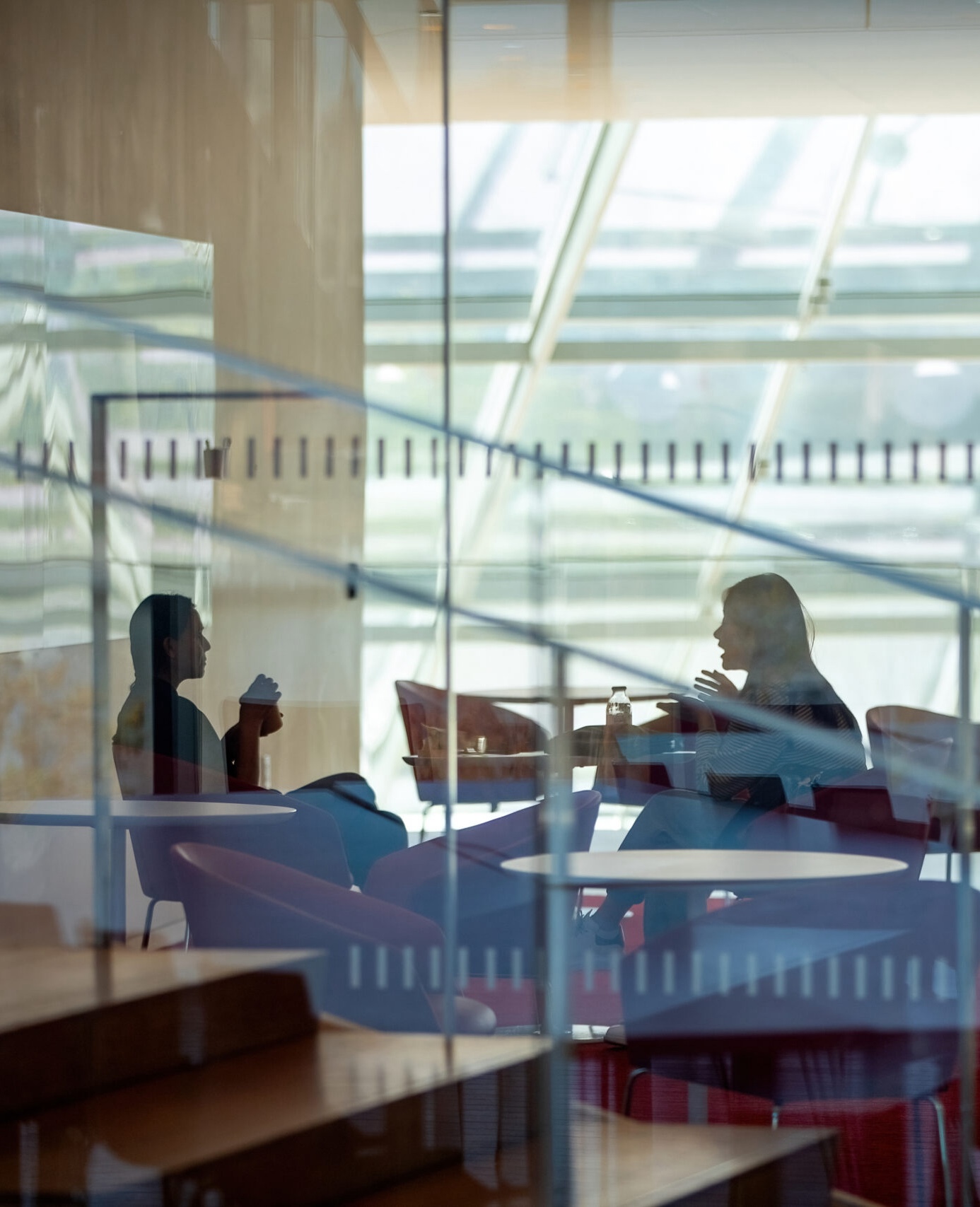
Popular notions of creativity are often bound up in romantic ideas of a creative process that is special, hard to define, and maybe even magical.
Machines, on the other hand, are usually considered logical systems that function in a rule-bound manner. The idea that machines could be creative seems far-fetched. But is such a view justified?
Can Machines Make Art?
In the 1970s, the artist Harold Cohen tried to understand his own creativity by constructing a computer program, AARON, which could create works of art similar to his own. AARON, by most accounts, succeeded: the drawings and artwork it produced were eventually exhibited in galleries. This suggests that technology is capable of replicating human creativity—but can a machine be autonomously creative?
Michael Wilber, a PhD candidate at the SE(3) Computer Vision Group at Cornell Tech, is doubtful. He argues that, in general, machines can only do what they’ve been programmed to do—we can program a machine to create a picture, and in that sense it is creative; but we still have to tell it how to create by giving it constraints.
In a similar vein, technology already exists capable of generating images based on previous “experiences”—as an example, Wilber cites Deep Convolutional Generative Adversarial Networks, a kind of neural network that uses a system of modeling and sampling to make pictures similar to images it has seen before. But creating something fundamentally new is a different challenge. There are systems like Prisma, Wilber points out, that apply different styles to an artwork, but the result is not a new, original work of art.
“It’s easy to make a random image,” Wilber said. “But it’s much harder to get a random image that’s aesthetically pleasing.”
Wilber thinks that what matters is not teaching machines to be creative, but rather creating new tools with which humans can express creativity—in their own human way. Google’s TiltBrush, for example, creates a new genre of artwork for virtual reality by allowing users to paint in 3D space.
Fields such as art, music and literature are natural starting points when testing for machine creativity. But another way of addressing the question asks that we dig deeper into our ideas of what creativity actually is.
What is Creativity?
In The Creative Mind: Myths and Mechanisms, Margaret A. Boden defines creativity as “the ability to come up with ideas or artifacts that are new, surprising, and valuable.” She thinks this ability is a characteristic feature of human intelligence in general.
Creativity, writes Boden, is “grounded in everyday abilities such as conceptual thinking, perception, memory, and reflective self-criticism. So it isn’t confined to a tiny elite: every one of us is creative, to a degree.”
This view chimes with that of Michael Wheeler, Professor of Philosophy at the University of Stirling (UK). According to Wheeler, creativity can be thought of as “involving many of the ordinary psychological processes that we use in other contexts, like pattern matching and extending an idea thorough generalization.”
But understanding creativity in the context of machines, Wheeler argues, requires us to ditch the view that machines are “clunky step-by-step logical reasoning systems.”
Consider, for example, the algorithms that are capable of playing and beating even the best human opponents at strategy-based games like Chess and Go.
We tend to think of these as logical games in which players look ahead and anticipate a vast number of different moves. That’s wrong, says Wheeler. In these games, pattern-recognition, more than brute calculation, determines success. Go, for instance, involves such an explosion of possible paths that it is not possible to play by laboriously mapping and calculating many moves ahead. Instead, creative tactics, such as pattern recognition, are employed.
“That there is a deep-mind algorithm that can beat world Go experts ought to make us think that machines can do things that are not reducible to that simple, stale, algorithmic model,” Wheeler said.
Humans and Machines Creating Together
Another approach pits humans and machines together in creative collaboration.
Wheeler notes the creative possibilities within the field of genetic algorithms—a process that mimics natural selection to design new systems from scratch.
In evolution, mutations are naturally “selected” because they survive and reproduce. But what would happen if artists intervened in the selection process?
Using genetic algorithms, artists can modify a population of random control systems by selecting for mutations that interest them—those that are aesthetically interesting, say. These traits can then be adjusted and recombined.
There are two components at work in this process: the first is the way the control system is generated (by a machine) and the second is how it is accessed (by an artist). The result is a collaboration.
“You can use tech like that to add to the creative process, where the tech does one bit and humans do the other bit,” Wheeler explained.
For now, our tests of machine creativity tends to rely on one-off use cases, with benchmarks like Can a machine paint a decent picture? Can it compose an adequate symphony? And our understanding of creativity remains, as ever, couched in romantic terms.
But a future in which machines can combine different psychological processes, such as pattern recognition, reflective self-criticism and memory to produce creative output—just like humans do? That may not be so far-fetched.




